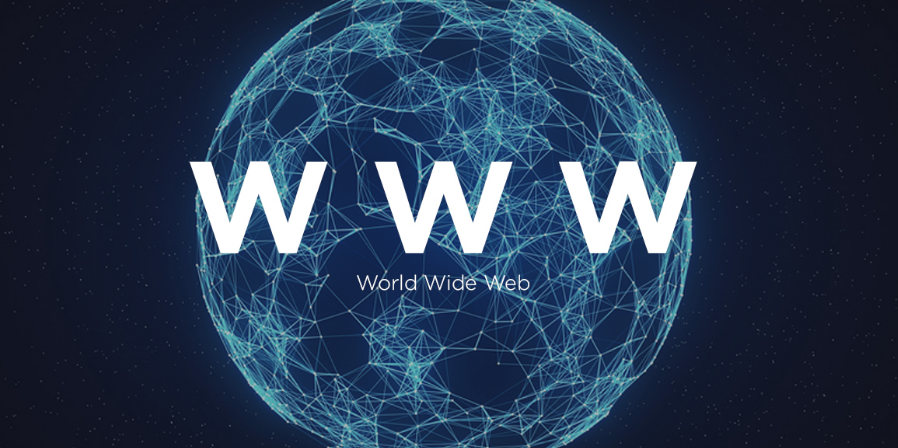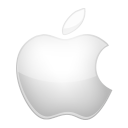
The Web
The World Wide Web (WWW), commonly known as the Web, is an information system where documents and other web resources are identified by Uniform Resource Locators (URLs, such as https://example.com/), which may be interlinked by hyperlinks, and are accessible over the Internet. The resources of the Web are transferred via the Hypertext Transfer Protocol (HTTP), may be accessed by users by a software application called a web browser, and are published by a software application called a web server. The World Wide Web is not synonymous with the Internet, which pre-dated the Web in some form by over two decades and upon the technologies of which the Web is built.
English scientist Tim Berners-Lee co-invented the World Wide Web in 1989 along with Robert Cailliau. He wrote the first web browser in 1990 while employed at CERN near Geneva, Switzerland. The browser was released outside CERN to other research institutions starting in January 1991, and then to the general public in August 1991. The Web began to enter everyday use in 1993–1994, when websites for general use started to become available. The World Wide Web has been central to the development of the Information Age and is the primary tool billions of people use to interact on the Internet.
Web resources may be any type of downloaded media, but web pages are hypertext documents formatted in Hypertext Markup Language (HTML). Special HTML syntax displays embedded hyperlinks with URLs, which permits users to navigate to other web resources. In addition to text, web pages may contain references to images, video, audio, and software components, which are either displayed or internally executed in the user's web browser to render pages or streams of multimedia content.
Multiple web resources with a common theme and usually a common domain name make up a website. Websites are stored in computers that are running a web server, which is a program that responds to requests made over the Internet from web browsers running on a user's computer. Website content can be provided by a publisher or interactively from user-generated content. Websites are provided for a myriad of informative, entertainment, commercial, and governmental reasons.
The World Wide Web had several differences from other hypertext systems available at the time. The Web required only unidirectional links rather than bidirectional ones, making it possible for someone to link to another resource without action by the owner of that resource. It also significantly reduced the difficulty of implementing web servers and browsers (in comparison to earlier systems), but in turn, presented the chronic problem of link rot. Unlike predecessors such as HyperCard, the World Wide Web was non-proprietary, making it possible to develop servers and clients independently and to add extensions without licensing restrictions. On 30 April 1993, CERN announced that the World Wide Web would be free to anyone, with no fees due. Coming two months after the announcement that the server implementation of the Gopher protocol was no longer free to use, this produced a rapid shift away from Gopher and toward the Web. An early popular web browser was ViolaWWW for Unix and the X Window System.
Robert Cailliau, Jean-François Abramatic, and Tim Berners-Lee at the tenth anniversary of the World Wide Web Consortium The Web began to enter general use in 1993–1994, when websites for everyday use started to become available. Historians generally agree that a turning point for the Web began with the 1993 introduction of Mosaic, a graphical web browser developed at the National Center for Supercomputing Applications at the University of Illinois at Urbana–Champaign (NCSA-UIUC). The development was led by Marc Andreessen, while funding came from the US High-Performance Computing and Communications Initiative and the High Performance Computing Act of 1991, one of several computing developments initiated by US Senator Al Gore. Before the release of Mosaic, graphics were not commonly mixed with text in web pages, and the Web was less popular than older protocols such as Gopher and Wide Area Information Servers (WAIS). Mosaic's graphical user interface allowed the Web to become by far the most popular protocol on the Internet. The World Wide Web Consortium (W3C) was founded by Tim Berners-Lee after he left the European Organization for Nuclear Research (CERN) in October 1994.




